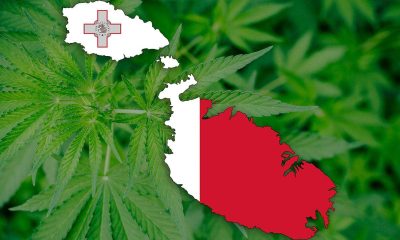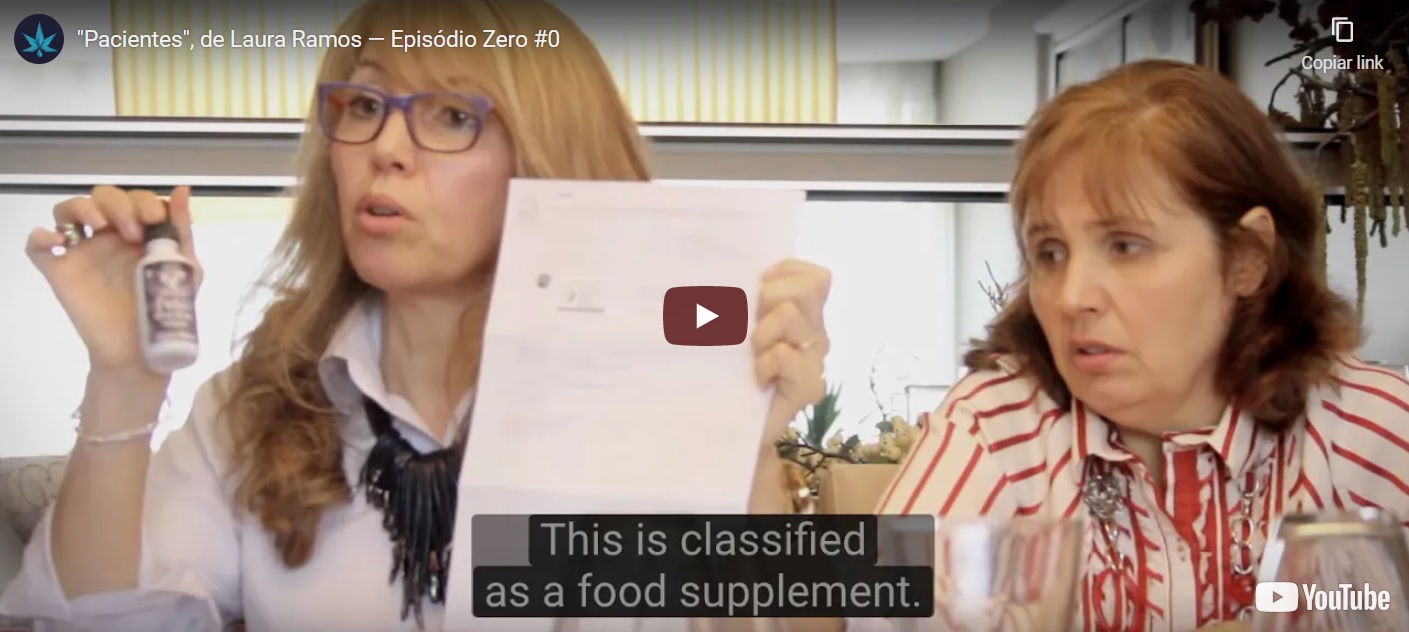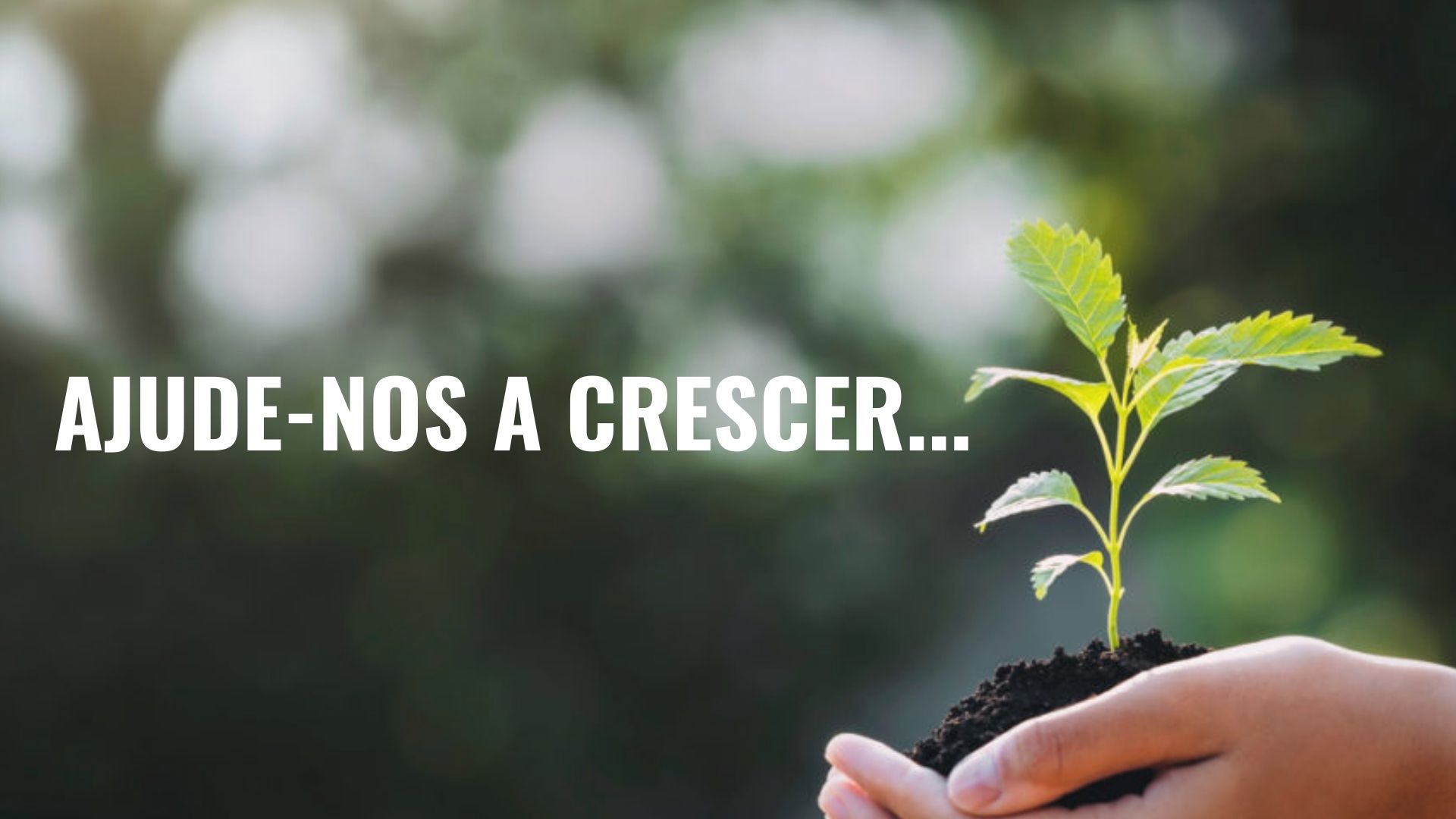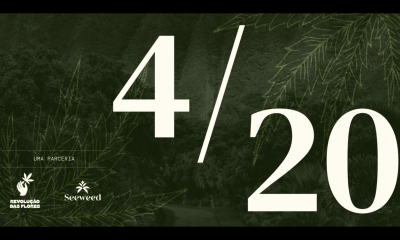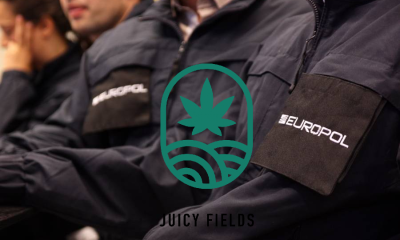In the first edition of CannaDouro Magazine we have addressed what is the first stage of any cannabis cultivation: the choice of genetics, the type of seeds and the germination method. In this issue, we take a break to talk a little about the different types of cannabis cultivation in billboard, with the best tips for a successful harvest.
As we know, the cannabis plant has its natural habitat outside, in full nature. It is in this environment that this wonderful plant reaches its maximum potential and shows us all its splendor in an at least more economical way. We believe that its history regarding indoor cultivation with artificial light, widely practiced in recent decades, was mainly due to the retrograde legislation that the plant was subject to in its recent history. These profoundly unjust and unjust laws, whose correction seems to be finally taking shape, in addition to taking the cannabis plant indoors, better protected from prying and possibly malicious eyes, have also quite significantly limited the way in which the plant is cultivated. in outdoors.
Thus, this article ends up being conditioned by this reality. If there were freedom to grow this beautiful plant without the risk of running into legal troubles or other penalties, the focus of this article would be significantly different. Therefore, we will approach the cultivation of cannabis outdoors in order to combine what are the ideal parameters for the cultivation of the plant with the importance of a cultivation as discreet as possible.
Cultivation in Guerrilla
 As the name suggests, guerrilla cultivation forces us to have a guerrilla vocation. Physical availability and a spirit of adventure are essential for a guerrilla with a good chance of success. This method of cultivation is more recommended for those who live outside large cities and urban centers. It is important that the distance between the place of residence and the place chosen to cultivate is as short as possible. This will allow us to spend less time and money, which in itself tends to allow the plants to receive more attention from us. In addition to the distance, the location must be chosen taking into account[ppp_patron_only level=”3″ silent=”no”] other particularities of paramount importance, such as, for example, the difficulty in reaching that place. And in this case, the harder the better. We have to bear in mind that it is extremely important that during the growing months (generally between May and October) the probability of someone passing by by chance is as low as possible.
As the name suggests, guerrilla cultivation forces us to have a guerrilla vocation. Physical availability and a spirit of adventure are essential for a guerrilla with a good chance of success. This method of cultivation is more recommended for those who live outside large cities and urban centers. It is important that the distance between the place of residence and the place chosen to cultivate is as short as possible. This will allow us to spend less time and money, which in itself tends to allow the plants to receive more attention from us. In addition to the distance, the location must be chosen taking into account[ppp_patron_only level=”3″ silent=”no”] other particularities of paramount importance, such as, for example, the difficulty in reaching that place. And in this case, the harder the better. We have to bear in mind that it is extremely important that during the growing months (generally between May and October) the probability of someone passing by by chance is as low as possible.
This point must be carefully considered, as our peace of mind during the coming months depends on it. If we know that our plants grow and bloom in a place that is very difficult to access and without particular interest, we can be more relaxed. This can be achieved in several ways. Either as a matter of distance in relation to accesses (places where the nearest road is quite far away), or as a matter of difficulty of access. If it is necessary to circumvent obstacles, deal with steep slopes or crawl under bushes to reach the chosen location, we know from the outset that hardly other people will pass through that location during the 3 to 6 months that separate us from the much-desired harvest.
It is also important that there is a possibility of water supply nearby (river, stream, lake, fountain, etc.), unless the distance on foot is short to reach the place. If we get a discreet location, but still close to a road where we can reach by car, the proximity to a place with water will be less important.
Once the ideal location has been found, it is important to determine whether the existing land is minimally arable. If it is not (and it is not in the vast majority of cases), it is essential that a hole is dug for each plant, which will then be filled with a substrate suitable for growing cannabis. The size of the hole depends on the type of plant we are going to grow (autoflowering or photodependent) and the estimated time of vegetative growth. Thus, for an autoflowering plant, a hole capable of accommodating about 20-30 liters of substrate will suffice. For a photodependent plant planted in April, the use of 50-100 liters of substrate is justified, while for a photodependent plant planted in June, around 30-50 liters of substrate will suffice.
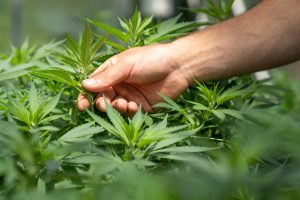
In guerrilla cultivation, a plant that benefits from a privileged sun exposure, with as many hours of direct sunlight on its flowers as possible, will produce more. However, this privileged sun exposure will require more frequent watering, so it is important to consider carefully when deciding to place the plants fully exposed to the sun or to the shade of trees. The ideal would be to obtain an optimal sun exposure on the upper part of the plant, but with shade on the lower part, so that the sun does not shine on the ground for many hours so that the roots do not heat up too much, thus preventing their damage by heat. or dehydration.
Regarding the watering of our guerrilla plants, there are alternative ways to ensure that the plants remain hydrated even when we are unable to visit them as often as desired. We don't have the space to address these alternative methods, so for more information we recommend a Google search for “Capillarity irrigation”. It will also be important to visit the plants more often at the beginning, since the root system is still underdeveloped and more fragile, but also to understand the ideal watering rate for our plants. In a short time, we will have an idea of your needs combined with the climate, so in periods of intense sun it will be important to increase the frequency of visits to the site and, on the other hand, wetter weeks with cloudy skies, allow us to have greater spacing. time between visits.
Bearing in mind all these parameters, without neglecting what we already know and would do with the plants if they were in our house, we will be able to reach the end of summer and obtain an abundant harvest, which will allow us to stock for our own consumption for several months. And of course, without forgetting that by the time it is possible to harvest plants with a minimum of maturity, which in the case of photodependent plants should take place between September and November, we must be very attentive to weather forecasts, because in the event of a threat of heavy and prolonged rains, it is preferable to harvest immediately to avoid losing everything to mold.
Even in a place of ideal particularities, with all the care and appropriate parameters, in guerrilla cultivation luck plays a fundamental role. In addition to the danger of mold at the end of flowering, it is often also necessary to deal with animals, from mammals to insects, or even human beings, who, because they love the cannabis plant, can damage or even destroy it.
Cultivation in Private Garden
With many characteristics similar to guerrilla cultivation, particularly with regard to the ideal cultivation parameters, we have outdoor cultivation on private property, for those growers who have the privilege of having an outdoor space that offers good sun exposure and privacy. , where they reside. In this case it is important to decide between growing directly in the ground or with pots. Whenever it is possible to use large pots and, at the same time, ensure that they are not exposed to direct sunlight, it is preferable to opt for this route. Except in places with good “garden” land where the grower wants to take advantage of this advantage.
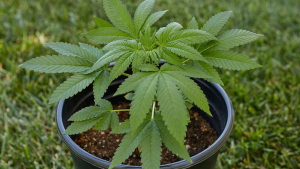 When there is total control, contrary to what happens in guerrilla cultivation, it is not necessary for the cultivation schedule to be so rigorous. Still, we know that if there is rain and humidity at the end of flowering, our plants can be at serious risk of flower mold problems. If we grow in pots and are able to move the pots, we have the possibility of keeping the plants indoors to protect them from possible rain. If in the area where we live it is usual that in September the nights are already cold and the rain is usually present, we should opt for more Indica varieties, which finish flowering as soon as possible. Or by autoflowering varieties that, in the case of outdoor cultivation, offer the enormous advantage of allowing the grower to decide when to harvest the plants.
When there is total control, contrary to what happens in guerrilla cultivation, it is not necessary for the cultivation schedule to be so rigorous. Still, we know that if there is rain and humidity at the end of flowering, our plants can be at serious risk of flower mold problems. If we grow in pots and are able to move the pots, we have the possibility of keeping the plants indoors to protect them from possible rain. If in the area where we live it is usual that in September the nights are already cold and the rain is usually present, we should opt for more Indica varieties, which finish flowering as soon as possible. Or by autoflowering varieties that, in the case of outdoor cultivation, offer the enormous advantage of allowing the grower to decide when to harvest the plants.
With autoflowering varieties, the grower knows he will have the plants ready to harvest between 7 and 10 weeks after the seeds germinate. In this way, the grower can decide to harvest in mid-August, with total security against unwanted humidity. It is enough for this to germinate the seeds in the beginning of June. In addition, it ensures that your plants enjoy the “best” sun of the year, that is, longer and sunny days. There are those who choose to grow some autoflowering plants, to guarantee a first harvest during the summer, and some photodependent plants, with a view to the “season” harvest, at the end of summer or early autumn, generally more productive but with the aforementioned risks. . This is equally true of guerrilla cultivation.
When growing in a private garden, our best recommendation is to protect the pots from sunlight, which can be done by placing wooden boards around the pots, clusters of stones, opaque plastic structures, or any other alternative capable of providing shade. to the vases and, at the same time, absorb and dissipate the heat of the sun's rays. We also advise progressive transplants in the case of photodependent plants. After germination, we recommend the use of small pots (between 200 ml and 500 ml), and after 10 or 15 days transplant them to the pots where the plants will grow (between 5 and 12 liters). Then, in mid-July, when we know that the beginning of flowering is soon, we then transplant them to the final pots which, in general terms and despite depending on the taste and objective of each grower, should be about 5 times larger than the vases used for the vegetative. So, if the plants are in 10 liter pots, we can use 50 liter pots for flowering.
Balcony cultivation
When growing on a balcony or terrace, we must consider many of the previously mentioned advice for both guerrilla cultivation and private garden cultivation, so we highlight just two important precautions and share a piece of advice that remains to be shared and that can also serve to cultivation in a private garden. The first care that we have to highlight concerns the high temperatures that the floor of a balcony can reach in the middle of summer. Even if the pots are properly protected from the sun's rays, the floor tends to accumulate a lot of heat, which can cause the roots of our plants to heat up too much, damaging them. To prevent this from happening, we should raise the pots slightly, placing something underneath, ideally a wooden pallet-like structure or something similar that can be improvised.
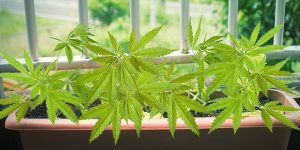 The second precaution, no less important, is to consider any public lighting spots in the vicinity whose light may reach our plants during the night phase. In the case of photodependent plants, it is essential that the plants have 12 hours of total darkness a day so that they can start flowering and complete it successfully. Thus, if the balcony where we plan to grow is illuminated at night by street lighting, it is preferable to opt for autoflowering plants, which enter and complete the flowering phase regardless of the hours of daily light to which they are subjected. These are plants that, even if they are under intense light for 24 hours, complete their life cycle with complete normality. In this case, if the public lighting reaches the balcony with enough intensity, we even end up benefiting from those lumens, which serve as a complement to the sunlight and can even help with a slightly higher productivity.
The second precaution, no less important, is to consider any public lighting spots in the vicinity whose light may reach our plants during the night phase. In the case of photodependent plants, it is essential that the plants have 12 hours of total darkness a day so that they can start flowering and complete it successfully. Thus, if the balcony where we plan to grow is illuminated at night by street lighting, it is preferable to opt for autoflowering plants, which enter and complete the flowering phase regardless of the hours of daily light to which they are subjected. These are plants that, even if they are under intense light for 24 hours, complete their life cycle with complete normality. In this case, if the public lighting reaches the balcony with enough intensity, we even end up benefiting from those lumens, which serve as a complement to the sunlight and can even help with a slightly higher productivity.
The final piece of advice that we have to share and that can be used for any of these types of outdoor cultivation, and even for indoor crops, is to water with adequate amounts of water at each stage of cultivation. When plants are still small, in their first days of life, we should water them with little water because their root system is still very underdeveloped. If we water with too much water, the substrate will be too waterlogged and the plant will not be able to use all the water it has available. This makes the substrate take a long time to dry, which is not desirable from the point of view of the health of the roots, which also need to breathe.
The ideal is to water every 2 or 3 days, or even every day. This is called respecting the dry-wet-dry cycle, to guarantee optimal oxygenation of the roots, essential for their development. As the plants grow, their root system develops and we can then water progressively with more water. But in the beginning it is important to water with little water and only next to the stem of the plant. Here are our tips for successful outdoor self-cultivation that can guarantee self-sufficiency for cannabis growers who are unable to grow indoors all year round.
[/ppp_patron_only]






 As the name suggests, guerrilla cultivation forces us to have a guerrilla vocation. Physical availability and a spirit of adventure are essential for a guerrilla with a good chance of success. This method of cultivation is more recommended for those who live outside large cities and urban centers. It is important that the distance between the place of residence and the place chosen to cultivate is as short as possible. This will allow us to spend less time and money, which in itself tends to allow the plants to receive more attention from us.
As the name suggests, guerrilla cultivation forces us to have a guerrilla vocation. Physical availability and a spirit of adventure are essential for a guerrilla with a good chance of success. This method of cultivation is more recommended for those who live outside large cities and urban centers. It is important that the distance between the place of residence and the place chosen to cultivate is as short as possible. This will allow us to spend less time and money, which in itself tends to allow the plants to receive more attention from us. 
 When there is total control, contrary to what happens in guerrilla cultivation, it is not necessary for the cultivation schedule to be so rigorous. Still, we know that if there is rain and humidity at the end of flowering, our plants can be at serious risk of flower mold problems. If we grow in pots and are able to move the pots, we have the possibility of keeping the plants indoors to protect them from possible rain. If in the area where we live it is usual that in September the nights are already cold and the rain is usually present, we should opt for more Indica varieties, which finish flowering as soon as possible. Or by autoflowering varieties that, in the case of outdoor cultivation, offer the enormous advantage of allowing the grower to decide when to harvest the plants.
When there is total control, contrary to what happens in guerrilla cultivation, it is not necessary for the cultivation schedule to be so rigorous. Still, we know that if there is rain and humidity at the end of flowering, our plants can be at serious risk of flower mold problems. If we grow in pots and are able to move the pots, we have the possibility of keeping the plants indoors to protect them from possible rain. If in the area where we live it is usual that in September the nights are already cold and the rain is usually present, we should opt for more Indica varieties, which finish flowering as soon as possible. Or by autoflowering varieties that, in the case of outdoor cultivation, offer the enormous advantage of allowing the grower to decide when to harvest the plants.  The second precaution, no less important, is to consider any public lighting spots in the vicinity whose light may reach our plants during the night phase. In the case of photodependent plants, it is essential that the plants have 12 hours of total darkness a day so that they can start flowering and complete it successfully. Thus, if the balcony where we plan to grow is illuminated at night by street lighting, it is preferable to opt for autoflowering plants, which enter and complete the flowering phase regardless of the hours of daily light to which they are subjected. These are plants that, even if they are under intense light for 24 hours, complete their life cycle with complete normality. In this case, if the public lighting reaches the balcony with enough intensity, we even end up benefiting from those lumens, which serve as a complement to the sunlight and can even help with a slightly higher productivity.
The second precaution, no less important, is to consider any public lighting spots in the vicinity whose light may reach our plants during the night phase. In the case of photodependent plants, it is essential that the plants have 12 hours of total darkness a day so that they can start flowering and complete it successfully. Thus, if the balcony where we plan to grow is illuminated at night by street lighting, it is preferable to opt for autoflowering plants, which enter and complete the flowering phase regardless of the hours of daily light to which they are subjected. These are plants that, even if they are under intense light for 24 hours, complete their life cycle with complete normality. In this case, if the public lighting reaches the balcony with enough intensity, we even end up benefiting from those lumens, which serve as a complement to the sunlight and can even help with a slightly higher productivity.





